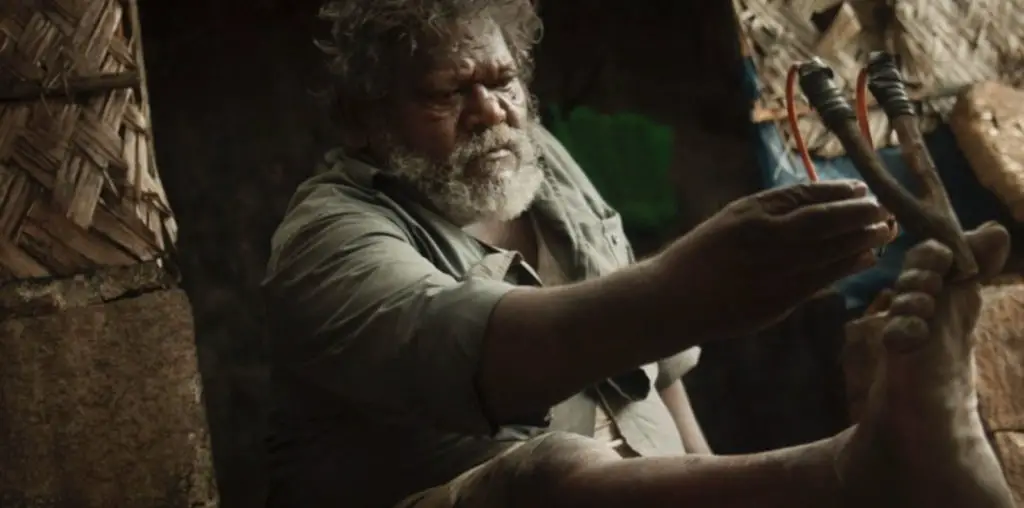
In all that we’ve learned from the movies, such as how to catch a killer, it’s always been clear that any life can be changed by learning how to dance. Harried businessmen (such as Koji Yakusho and Richard Gere in “Shall We Dansu?” and the Americanized version of that film), troubled students (“Take the Lead”), struggling students (“Fame”), and changing towns (“Footloose”) all took part in that rapidly growing cliché, but despite the frumpy, frizzy-haired, red-headed housewife Jane (Dawn Joyal) firing up her empty, routine life through dance in “See Jane Dance”, there’s something true about her transformation that Hollywood wouldn’t dare think of for fear that it wouldn’t be marketable.
At the beginning, living a humdrum life, Jane picks up her daughter (Stephanie Joyal) from school, makes dinner, and sits on the couch knitting and watching TV while her husband (Christopher Fraenza) snores closely next to her. Cleverly enough, editor Derrick Boelter drives this point through without hammering it, as he repeats it three times without using mournful music. Her life sucks. After running into a sensuous-looking Brazilian woman (Ana Laidley) at the dry cleaners and inadvertently taking her outfit home, Jane calls her and arrives at a Brazilian dance class and initially waves off the offer to attend the new class being offered in a few days, obviously too shy for it. But seeing what her life has become—chaffeur, cook, knitter—she goes for it, eventually losing long-held inhibitions.
Jane’s transformation, unlike other movies that feature these kinds of transformations, is not made through makeup or a new dress. Her face brightens, she becomes more lively, and is far happier at what she has found. It is empowering, without being cloying, and inspiring, without being maudlin. Most importantly, it works on the level of the average person doing something for themselves to be happier. And that is the most refreshing part of all.
